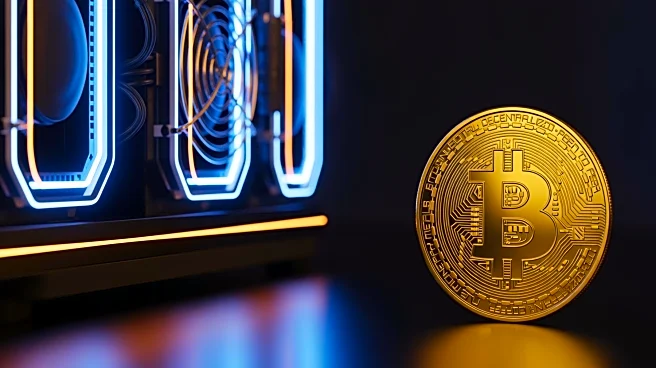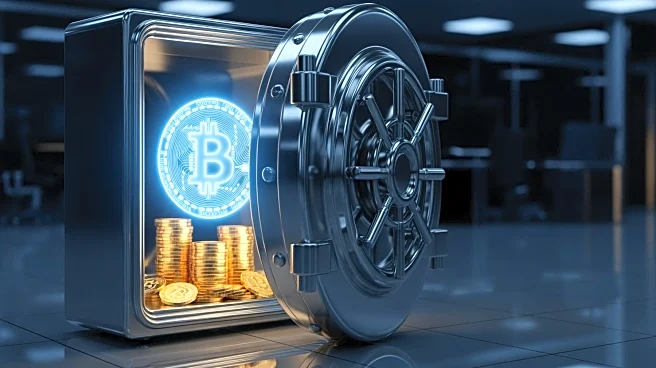What's Happening?
As winter approaches, some Americans are exploring unconventional methods to heat their homes, including using the heat generated from bitcoin mining. The process of mining cryptocurrency produces significant
heat, which is typically wasted. Entrepreneurs are now repurposing this heat for residential and commercial heating solutions. A notable example is the HeatTrio, a $900 space heater that doubles as a bitcoin mining rig. This innovation is part of a broader effort to utilize the excess heat from crypto mining, which generates about 100 TWh of heat annually, enough to heat Finland. While the concept is gaining traction, it faces skepticism regarding its efficiency and economic viability.
Why It's Important?
The integration of bitcoin mining heat into home heating systems represents a novel approach to energy efficiency and cost management. This method could potentially reduce heating costs while generating cryptocurrency, offering a dual benefit. However, the economic feasibility varies based on local electricity rates and mining efficiency. If successful, this approach could lead to broader adoption of crypto mining heat in residential and industrial settings, contributing to energy conservation and sustainability efforts. Critics argue that the method may not be practical for individual households due to the specialized nature of bitcoin mining.
What's Next?
The future of crypto-based heating solutions depends on overcoming technical and economic challenges. Stakeholders, including energy companies and tech innovators, may explore partnerships to enhance the viability of this concept. Further research and development could lead to more efficient systems that integrate crypto mining heat with existing heating infrastructure. Regulatory considerations and environmental impacts will also play a role in determining the scalability of this approach.
Beyond the Headlines
The use of crypto mining heat raises questions about the convergence of digital and physical energy systems. As technology evolves, this concept could pave the way for innovative energy solutions that leverage digital assets for practical applications. The potential for distributed energy innovation could transform how buildings manage energy consumption, offering new revenue streams and sustainability benefits.











